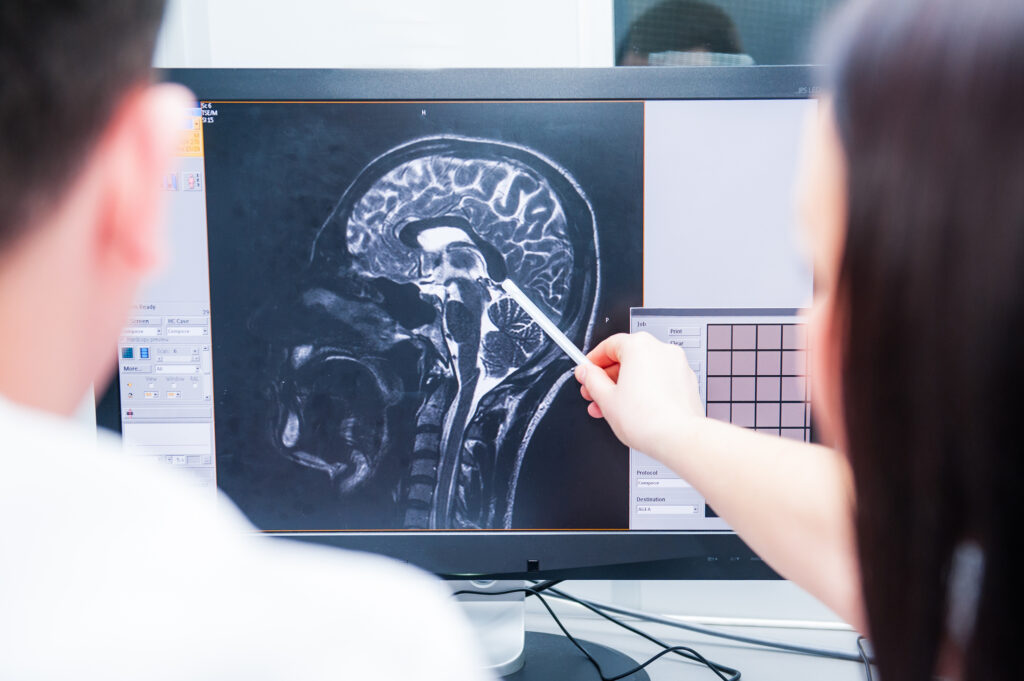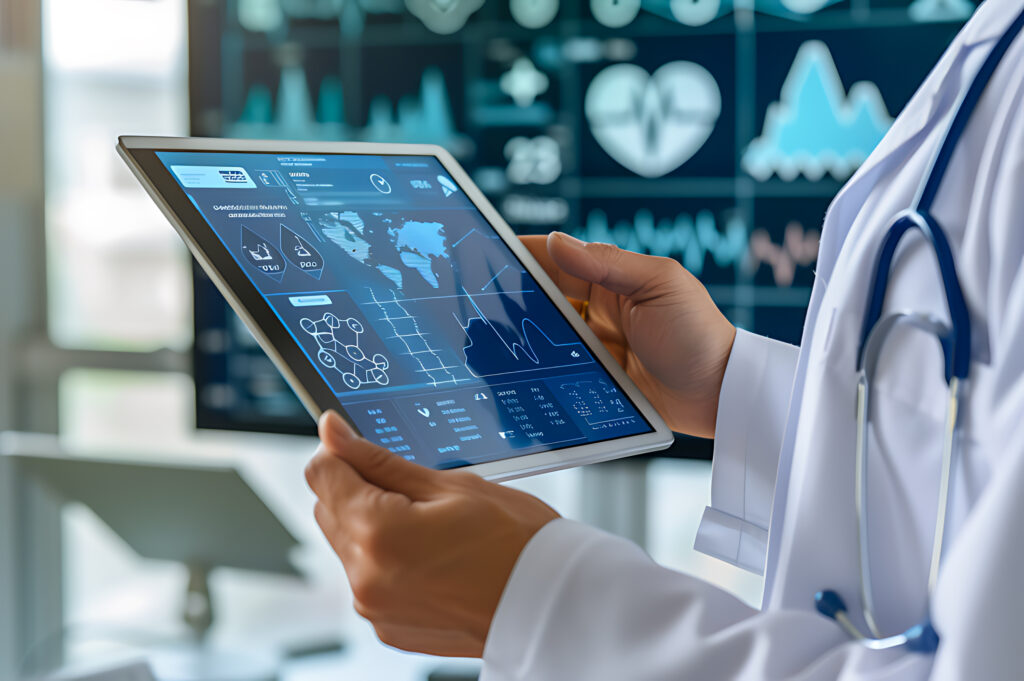As technology revolutionises diabetes care, real-time monitoring and smart solutions significantly enhance patient empowerment.
As the healthcare industry continues to evolve, the integration of technology has become a catalyst for transformative changes that are having a significant impact on diabetes care. With digital innovations on the rise, monitoring, treating, and empowering patients with diabetes have taken a revolutionary turn.
In the quest to stay on top of the latest advancements, many diabetes patients have been left pondering a critical question: Is metformin a controlled substance? Although this medication is widely prescribed to treat type 2 diabetes, there have been debates surrounding its classification.
However, regardless of this debate, it cannot be denied that technology is reshaping diabetes care in numerous ways. From advanced monitoring devices to personalised treatment solutions, patients are empowered to take control of their health in ways never before possible.
Monitoring in Real-Time
Traditional diabetes management often relied on periodic checks of blood glucose levels, requiring patients to visit healthcare facilities. However, the digital revolution has ushered in a new era of real-time monitoring. Continuous Glucose Monitoring (CGM) systems have emerged as a game-changer, providing individuals with diabetes the ability to track their glucose levels throughout the day.
CGM devices utilise sensors placed under the skin to measure glucose levels in interstitial fluid. These devices transmit data wirelessly to a receiver or smartphone, allowing patients and healthcare providers to access real-time information. This immediate feedback enables proactive adjustments in treatment plans, helping to prevent dangerous fluctuations in blood sugar levels.
Smart Insulin Pens and Pumps
The advent of smart insulin pens and pumps has further elevated the precision and convenience of insulin administration. Smart pens, equipped with Bluetooth technology, automatically record the time and dosage of insulin injections. This data is then synchronised with smartphone apps, offering users a comprehensive overview of their insulin regimen.
Similarly, insulin pumps with integrated continuous glucose monitoring enable automated insulin delivery based on real-time glucose readings. These closed-loop systems, also known as artificial pancreas, adjust insulin delivery to maintain optimal blood sugar levels. This level of automation not only enhances precision but also reduces the burden on individuals with diabetes, fostering better adherence to treatment plans.
Telehealth and Remote Patient Monitoring
The rise of telehealth has been accelerated by the digital revolution, bringing healthcare services directly to patients’ homes. For diabetes care, telehealth platforms enable remote consultations with healthcare professionals, reducing the need for frequent in-person visits. This is particularly beneficial for individuals in rural or underserved areas, as well as those with mobility challenges.
Remote patient monitoring goes hand-in-hand with telehealth, allowing healthcare providers to access real-time data on patients’ vital signs, glucose levels, and medication adherence. This proactive approach enables timely interventions and adjustments to treatment plans, promoting better disease management and reducing the risk of complications.
Personalised Treatment Solutions
The digital revolution has paved the way for personalised medicine in diabetes care. Artificial Intelligence (AI) and machine learning algorithms analyse vast datasets, considering factors such as genetics, lifestyle, and individual response to treatment. This data-driven approach helps tailor treatment plans to each patient’s unique needs, optimising outcomes and minimising side effects.
Moreover, digital platforms offer educational resources and support to patients, empowering them to make informed decisions about their health. Mobile apps provide features like meal tracking, exercise planning, and medication reminders, fostering a holistic approach to diabetes management.
Wearable Fitness and Health Trackers
Beyond diabetes-specific devices, the proliferation of wearable fitness and health trackers contributes to a comprehensive approach to overall well-being. These devices monitor physical activity, sleep patterns, and even stress levels, providing valuable insights for individuals with diabetes.
Integrating data from wearables with diabetes management platforms allows for a more holistic understanding of health. For example, recognising the impact of exercise on blood glucose levels can help individuals make informed choices about their lifestyle, contributing to better overall diabetes control.
Challenges and Future Outlook
While the digital revolution in diabetes care offers immense promise, it also presents challenges. Issues related to data security, interoperability of devices, and equitable access to technology must be addressed. Additionally, the rapid pace of technological advancements requires ongoing education for both healthcare providers and patients to maximise the benefits of these innovations.
Looking ahead, the future of diabetes care seems poised for further innovation. Research is underway to develop implantable glucose monitoring devices, gene therapies, and more advanced closed-loop systems. As technology continues to evolve, the goal is not only to manage diabetes effectively but to empower individuals to lead fulfilling lives without constant concerns about their condition.
Conclusion
The digital revolution has ushered in a new era in diabetes care, transforming monitoring, treatment, and patient empowerment. From real-time glucose monitoring to smart insulin pens, telehealth, and personalised treatment solutions, technology is reshaping how individuals with diabetes manage their health.
As we navigate the challenges and opportunities presented by these innovations, the overarching goal remains clear – to enhance the quality of life for individuals with diabetes and empower them to take control of their health journey.
Disclaimer
The information provided in this article, The Digital Revolution in Diabetes Care: How Technology is Transforming Monitoring, Treatment, and Patient Empowerment, is intended for general informational and educational purposes only. It is not a substitute for professional medical advice, diagnosis, or treatment. Always seek the guidance of a qualified healthcare provider with any questions you may have regarding a medical condition or treatment options.
Open Medscience does not endorse or recommend any specific technologies, devices, medications, treatments, or procedures mentioned in this article. The inclusion of such information is for illustrative purposes and does not imply clinical efficacy or regulatory approval.
Statements regarding medical devices, digital health tools, or pharmaceutical products should not be interpreted as endorsements or guarantees of performance. Patients should consult their healthcare professionals before making decisions based on the content provided.
While we strive to keep the information up to date and accurate, Open Medscience makes no representations or warranties of any kind, express or implied, about the completeness, accuracy, reliability, suitability, or availability of the content contained herein.
Use of this article and reliance on any information provided is solely at your own risk.
You are here: home » diagnostic medical imaging blog »



